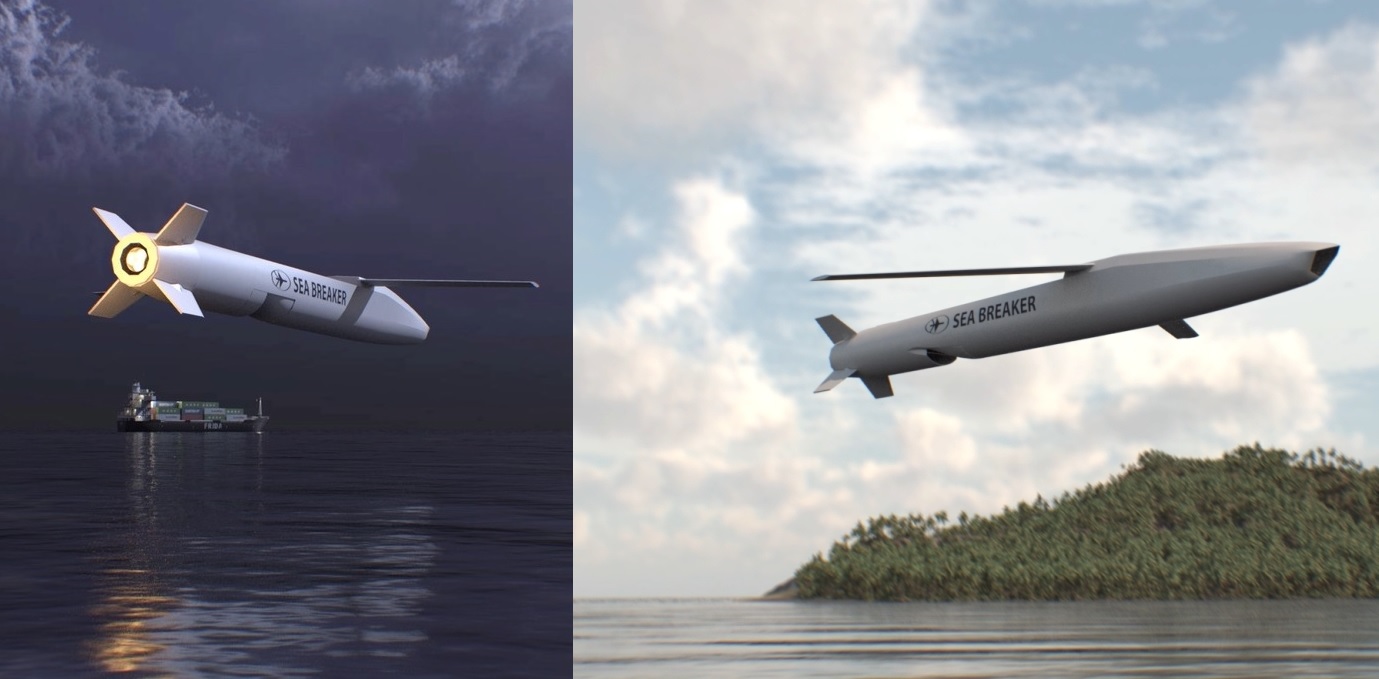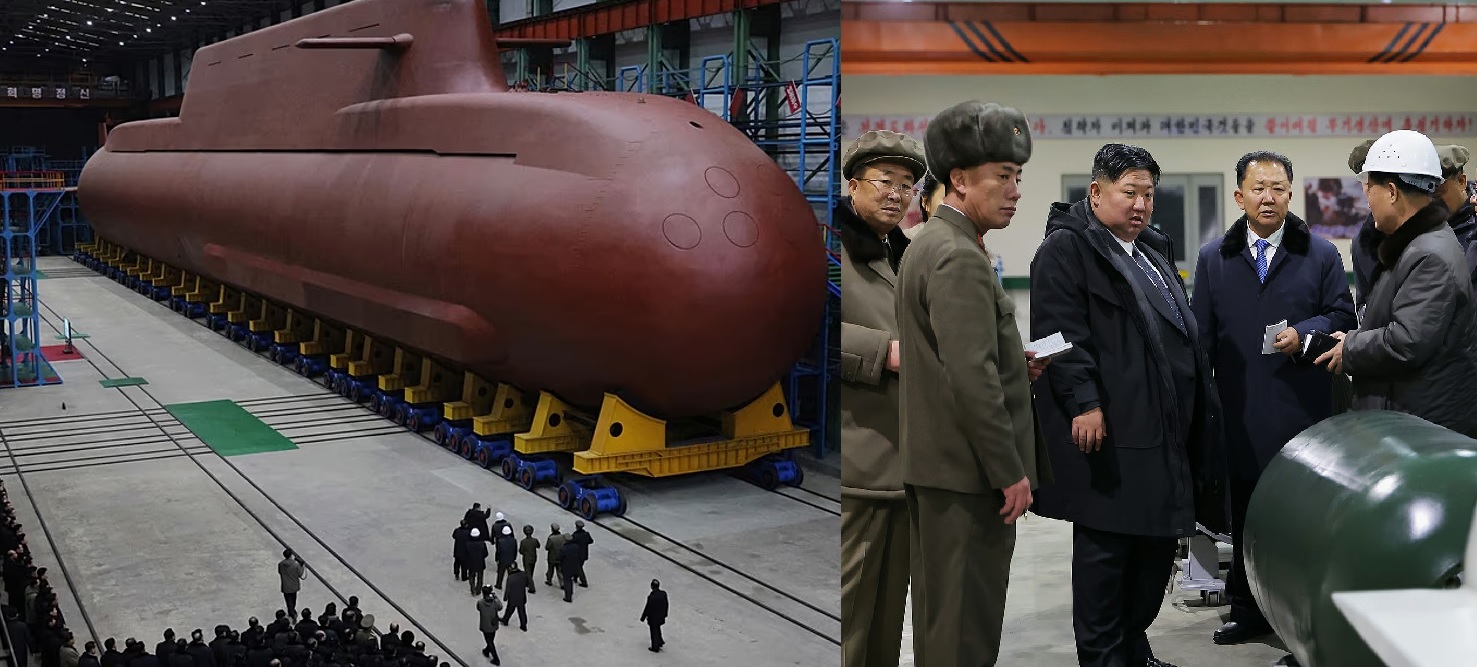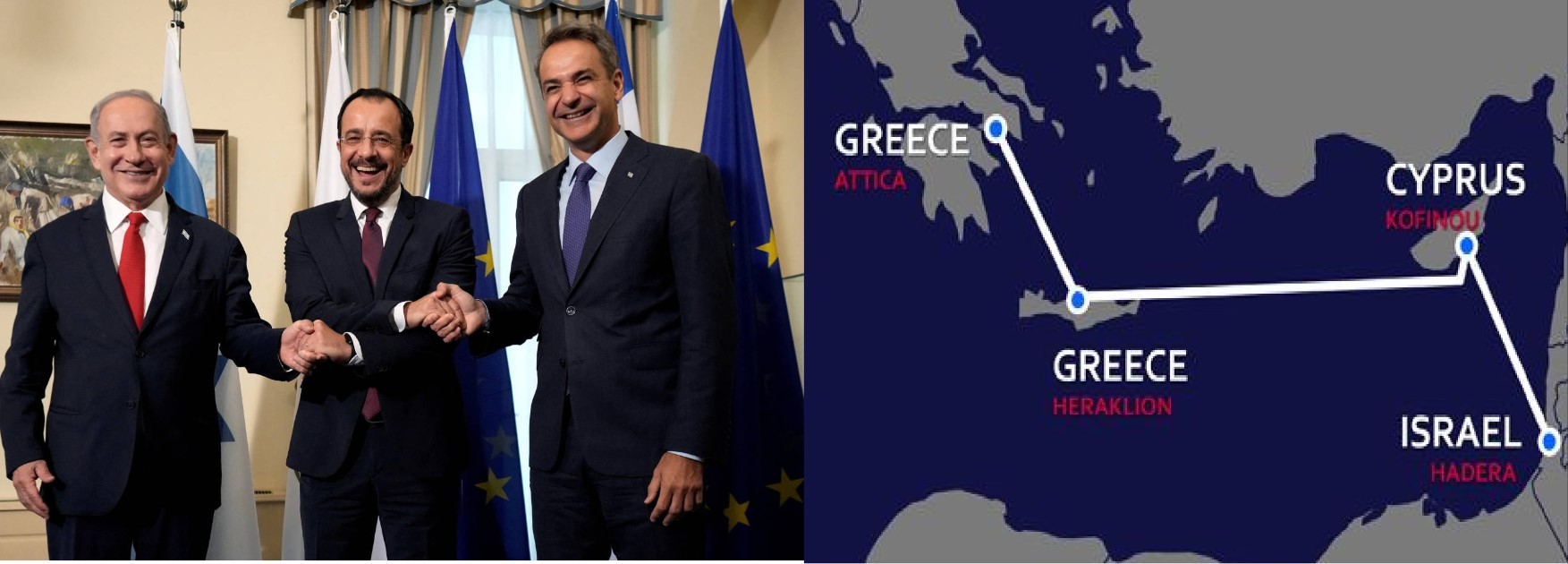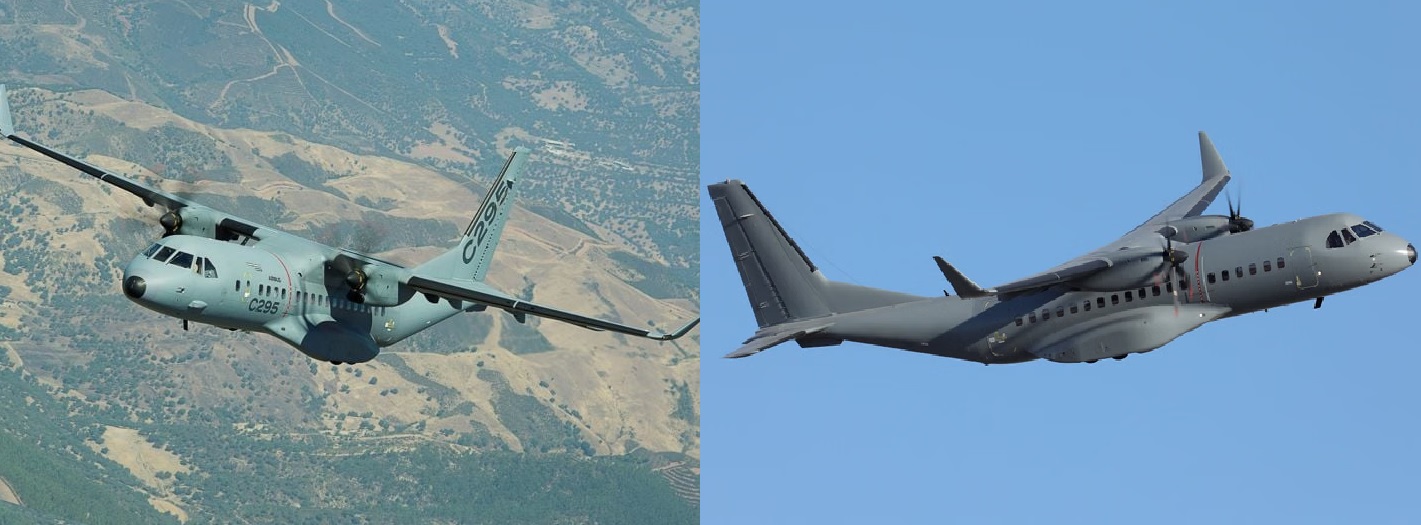Azerbaijan Inducts Israel’s Sea Breaker Cruise Missile for Coastal Defense

Azerbaijan has inducted Israel’s Sea Breaker precision-guided cruise missile into its armed forces, strengthening the country’s coastal and maritime defense capability. The system, developed by Rafael Advanced Defense Systems, is designed to engage both sea and land targets with high accuracy.
The Sea Breaker is a long-range, precision cruise missile that carries a 113-kilogram warhead and can strike targets at distances of up to 300 kilometers. It uses a combination of inertial navigation, satellite guidance (GPS), and imaging infrared (IIR) systems to locate and track targets. The missile can operate in complex environments, including areas with limited GPS signals, and follows a low-altitude flight path to reduce detection.
While the exact details of the Azerbaijan–Israel defense agreement have not been made public, reports indicate that discussions and initial arrangements began after the missile’s international debut in 2021. The delivery of Sea Breaker systems to Azerbaijan fits within the broader defense cooperation framework between the two countries, which has included earlier acquisitions such as the Barak MX air defense system, LORA tactical missile, and Spike anti-tank missile family.
The Sea Breaker can be launched from naval platforms, coastal batteries, or mobile land-based vehicles, allowing it to be used by different branches of Azerbaijan’s military. Its compact design enables deployment on smaller vessels and mobile launch trucks. A secure data-link also allows operators to update target information during flight if required.
Military sources familiar with the program note that the Sea Breaker gives Azerbaijan the ability to monitor and defend its coastal areas and offshore installations along the Caspian Sea. The missile’s range allows it to cover significant parts of the region and respond to potential maritime threats or hostile movements. Its land-attack capability can also support precision strikes on fixed infrastructure such as command posts or radar sites if needed.
Compared to older anti-ship systems, the Sea Breaker offers improved precision, better electronic resistance, and flexible deployment options. Its design focuses on accuracy and survivability rather than size or payload, making it suitable for modern coastal defense networks.
The induction of the Sea Breaker also comes at a time when regional navies in the Caspian area—such as those of Iran, Russia, and Turkmenistan—are upgrading their own missile and surveillance systems, increasing competition and operational complexity in the region. Azerbaijan’s adoption of a modern, long-range missile adds a new factor to the regional security equation, especially in Caspian Sea monitoring and maritime control zones, where overlapping interests occasionally create tensions.
Azerbaijan’s decision to acquire the system reflects its effort to modernize its missile and coastal defense capabilities while maintaining long-term defense cooperation with Israel. The two countries have worked together on a range of defense technologies, and the Sea Breaker marks another step in that partnership.
Neither Rafael nor Azerbaijani officials have disclosed the number of missiles supplied or the delivery schedule, but the system is expected to enter operational service in phases as crews complete training and integration work.
With its introduction, the Sea Breaker adds a long-range, precision-strike component to Azerbaijan’s defense forces, supporting maritime security and deterrence in a region where multiple countries are enhancing their naval and missile systems.
✍️ This article is written by the team of The Defense News.






